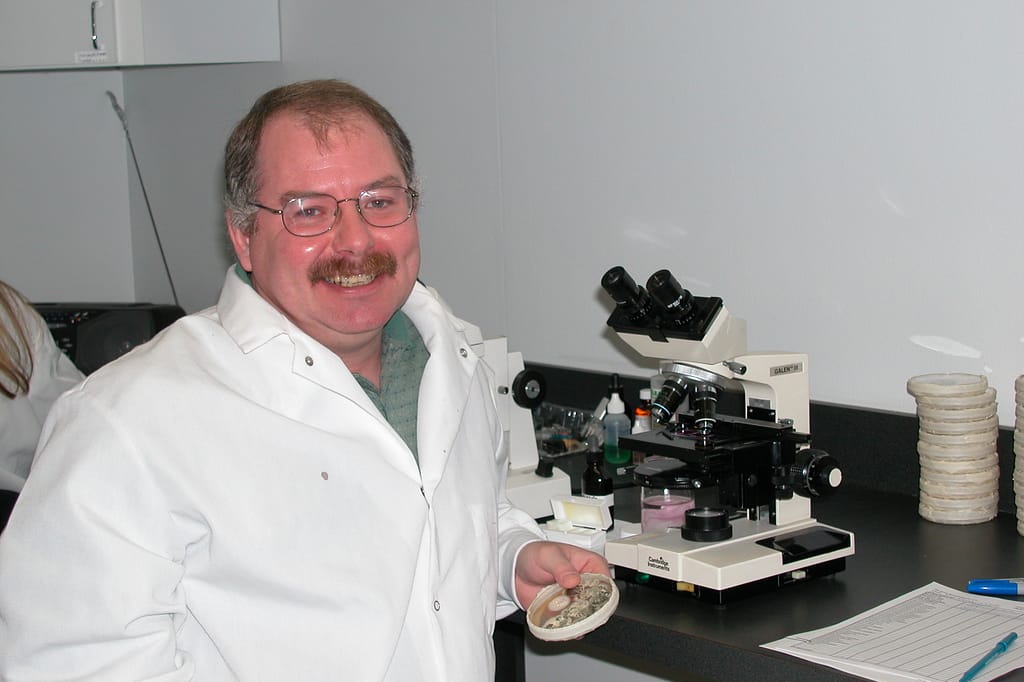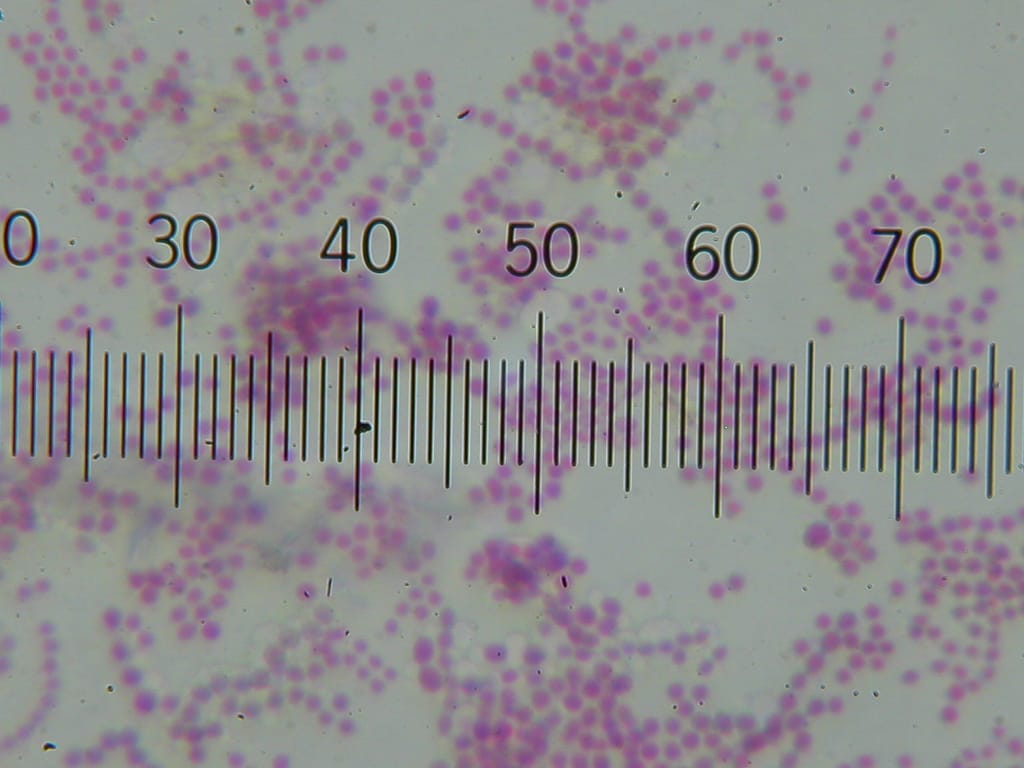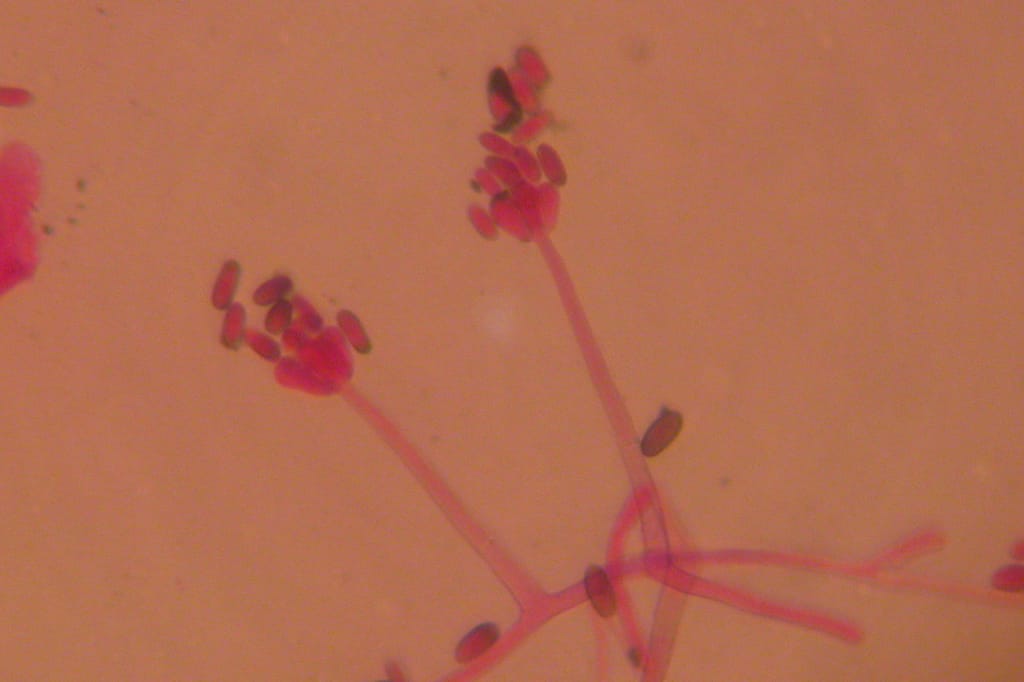IEQ Sample Analysis

We are experienced microscopists in assessing mold samples collected in IEQ investigations. Most investigators like to suck air. They collect spore trap air samples to see if level and type of fungal spores found in areas of concern are significantly elevated and different than control areas such as non-problem areas or outdoor areas. Control samples are used for comparison since exposure guidelines do not exist. Besides spore traps, surface samples such as tape lifts and swabs or bulk samples such as dust or building material like drywall and ceiling tiles are routinely collected and assessed for types of fungi that are present and to see whether they show signs of colonization, forming a reservoir, or being at ambient background levels.
We use the standard ASTM methods as a minimum to assess all spore trap, surface, and bulk samples. Fungi can be identied down to genus level. If desired, we can also take photomicrographs of some representative fields of view for each type of sample and include those in our analytical reports.
We also have capabilities to analyse for non-fungal partculates in all samples mentioned above. These particles include skin flakes, pollen, wood fragments, bacteria, protozoa, starch, fiberglass-like fibers, microarthropod/insect parts, fibrous glass filaments, plant fibers, hair, feather filaments, soot like material, metal vapor, unidentifiable fibers, and unidentifiable debris.
Spore trap analyses is quantitative and spore concentration for each type detected is reported per m3. Surface and bulk sample analyses is semiquantitative and each type of fungus detected is placed in a loading category of 0 to 5 depending on range of percent coverage observed in the slide preparation. The loading categories are defined in the report. The types of fungal structures observed (spores, hyphae, and spore producing structures) for each type of fungus detected as well as spore grouping pattern (i.e., spores in clusters or chains), and fungal colonization, reservoir, or lack of either is determined and reported for each sample submitted.



